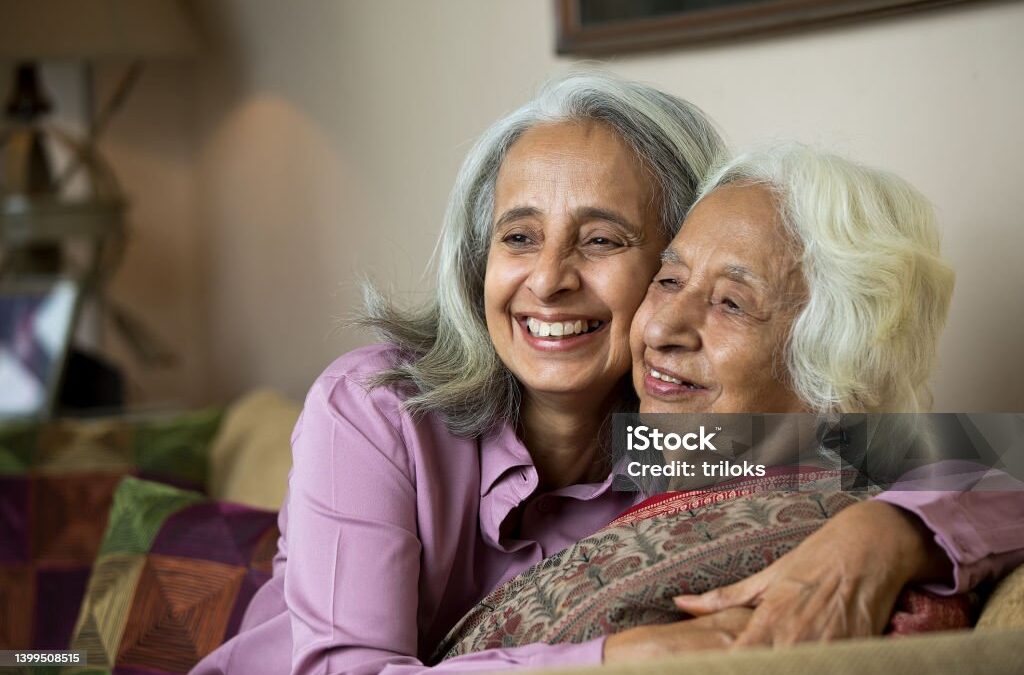
An agender tale of two women
Before we delve into the story, a little background will be of paramount importance. For one, this is a real life story narrated by the author amidst a mixed audience and later put on paper to make it immemorial. It has many lessons for us to learn from..
In the ancient town of Benaras in the 1950’s, a shy and demure young bride named Kajal embarked on a journey that would redefine her life. She had married Vikram, a man who appeared dashing and confident on the surface, but his heart was drawn to a different kind of woman. He yearned for a fun-loving, modern girl, and Kajal was deemed too reserved for his tastes.
One fateful evening, Vikram left Kajal, leaving behind a trail of tears and heartbreak. Kajal’s world shattered, and she was left to pick up the pieces of her fractured dreams. But life had different plans for her.
Kajal was not entirely alone in this world. She had a brother, Rajesh who had made a comfortable life for himself with a well-paying job. Seeing his sister’s suffering, he counselled her and offered something that would change her life forever. He proposed to further her education, as Kajal was not highly educated and had only completed her 12th standard. For those times women’s education was a social taboo.
Gathering the shards of what was left of her confidence and wiping away the tears, Kajal accepted her brother’s offer. She immersed herself in her studies, pursuing a Bachelor of Education degree. The academic world became her sanctuary, far away from her woes, a world where she could rebuild herself, piece by piece.
After years of dedication and hard work, Kajal earned her degree and, with it, a newfound sense of independence and purpose. She secured a teaching position at the local government college, where she would go on to inspire countless youngsters, in addition to becoming a revered teacher and mentor.
As Kajal began her journey of self-discovery and empowerment, fate had another surprise in store for her. In the faculty lounge one day, she met Bindu, a vivacious and young widow. Being of similar ages and backgrounds, they hit up well together. Bindu had her own story of heartbreak and loss, and the two women found solace in each other’s company.
Their bond grew stronger with time, and soon, Kajal and Bindu decided to live together. They complemented each other perfectly: Kajal, with her intelligence and boldness, took charge of all matters related to property, electricity, construction, and banking, while Bindu excelled in homemaking, beauty, culinary arts, and curtains that adorned their cozy home.
In a town where tradition often held sway, their unconventional partnership raised eyebrows. The neighbours and even their families affectionately, yet jokingly, referred to them as “the husband and wife.” But Kajal and Bindu cared little for society’s norms; they had found happiness in each other’s companionship. For it’s time, such companionship was quite unknown.
Their home became a haven of warmth and love, a place where laughter resonated and the aroma of Bindu’s culinary delights wafted through the air. Together, they faced life’s trials and tribulations with unwavering strength, proving that love and companionship could be found in the most unexpected places.
As the years passed, Kajal and Bindu’s story became a beacon of hope in Benares. They showed the world that love transcended societal expectations and that, in the end, it was the bond of the heart that truly mattered. Their tale echoed through generations, a reminder that resilience and love could conquer all, even in the face of adversity.
Come today, such relationships, have become a taboo and do not resonate well with the society at large. That is because, such stories are interpreted with sexual innuendo and not a companionship one. This story which began in 1950’s, a time when such companionship were looked upon as amusing but not a taboo, it still took a lot of courage for Kajal and Bindu to face the society, and to ignore the jibes.
For me, the learning here is – Across all ages, companionship is more important than a ‘relationship’ and irrespective of social interpretations, one should prioritise one’s happiness. Society changes, albeit slowly, but we are the ones to show the way, slowly, yet steadily.
